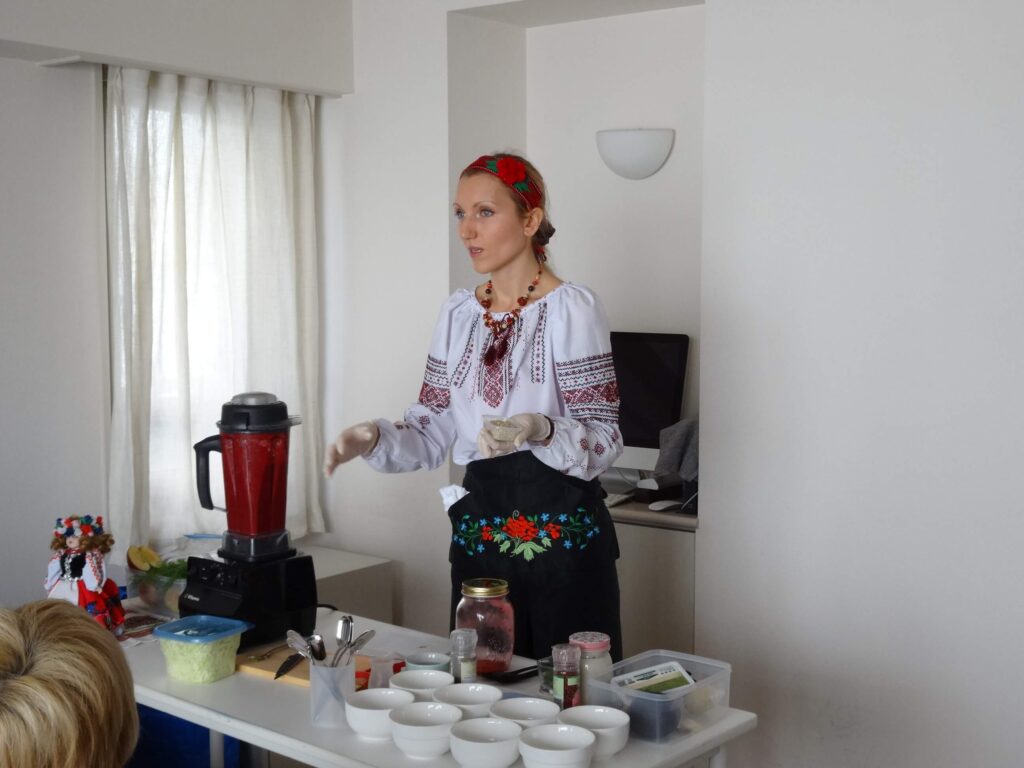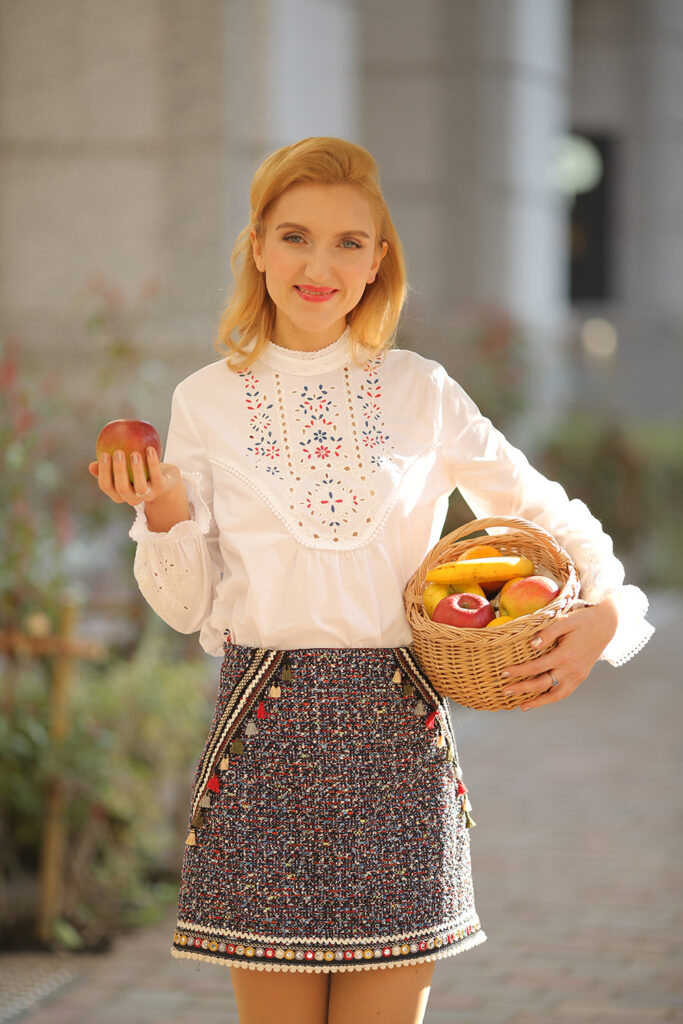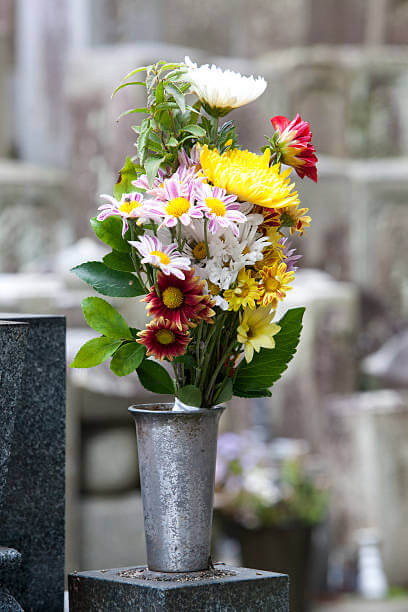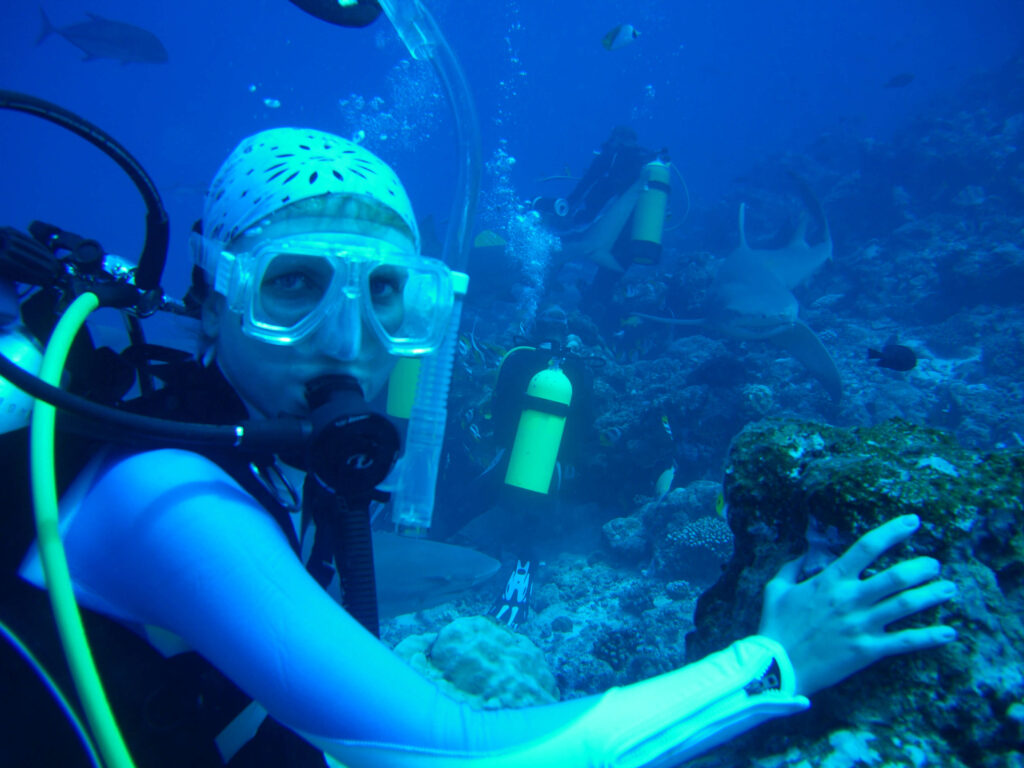
APRIL 2021 (VOL.162)


What do you do in Japan?
I started my blog and YouTube channel in 2011 about my journey of living a raw vegan lifestyle and sharing my experience and my health story with the public. Also, I started raw food classes for kids and parents and published an e-book “Raw food with kids”. Recently, I am writing and sharing my experience not just about food but also about eco-lifestyle in Japan. Also, I have my own Amazon shop and sell Ukrainian hemp textile in Japan.
,
Why are you interested in raw food?
When I experienced the raw food diet, a world of health and beauty was opening―all I had to do was just walk in. The healing power of natural foods was highly effective for the internal and external body, giving me a huge impact on my whole body. I learned how to detoxify my body, how to keep it extremely clean, and how to nourish myself on a cellular level. I am continuing my yoga exercise and trying to be active and positive. That is how I worked the miracle! Emotion, mood, and thoughts ― they get radically altered. Deep conditions get shaken as toxins get stirred up and released. The body’s nutritional requirements are met and the body is in balance. My health has become much better. And now I look better than a decade ago. All my illnesses are gone!
Are foods in Japan and in Ukraine different?
I think Japanese food is much healthier than Ukrainian. Traditional Japanese food is almost entirely good and always has fermented products. Traditional Ukrainian food is usually very fat and long time cooked.

What is your hobby?
People around me often ask me about raw food and therefore I started my blog and YouTube channel. My hobby is to learn something new about healthy lifestyles and sharing it with people. Also I like to travel, scuba dive, go to the gym (I go at least 3 times a week), and love hiking. Japanese mountains are very beautiful! Also, I love animals very much and like to learn about them and help them.
V
What do you miss about Ukrainian culture in Japan?
One of the biggest differences I miss is hugging, a physical contact. While in Ukraine people often kiss on the cheek by way of greeting, Japanese are far more comfortable bowing or shaking hands. In addition, exposure of physical contact in public is not expected. In Ukraine, people touch and hug each other a lot and that is what I miss here a lot.

V
Have you had any funny experiences since moving to Japan?
Yes, it happened when I wanted to buy some flowers for my Japanese teacher’s birthday. I went to the supermarket and bought a very pretty bouquet of flowers. When I presented it she was laughing a lot. I really didn’t know about special cemetery bouquets. Chrysanthemum is a flower for funerals in Japan.
V
What is your favorite place in Japan?
My favorite place in Japan is definitely Okinawa. I visited some islands for scuba diving. Okinawa has a unique culture. People in Okinawa love to party, sing, dance, and talk to spend most of their time with family and neighbors. Beautiful beaches, blue ocean, underwater scenery, tropical fruits, friendly people make this place very special forever in my heart.

What do you appreciate most about Japanese culture?
Gratitude. For many years living in Japan, I learned from Japanese people how important it is to be grateful for everything and everybody every day. Gratitude is a very important thought for human life and it can change the perspective of life. Some of the great examples are that gratitude is a culture of sending seasonal postcards, seasonal gifts, giving souvenirs to all your relatives and friends from trips, and people say thank you twice to show their appreciation. For example, if you received some gift or service, you should show gratitude once in that day and one more time after the day.
Could you talk about your dream?
In the future, I dream to open my own raw food restaurant and healing center, to have a nice wood house in Hawaii where I can eat fresh tropical fruits.
V




